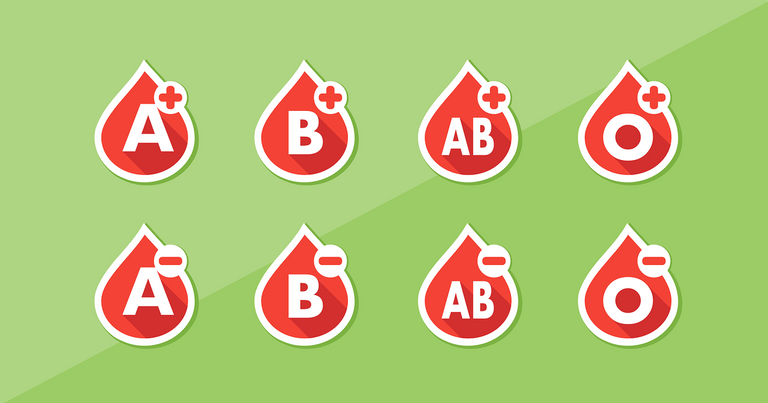Hi everyone I hope all the @discovery-it members will be fine and fit It's my second part of previous article I hope it will increase your little knowledge about fluid which is running in our body.
In the first episode, I explained the difference between the pulmonary ciruit and the systematic circuit, with different colors of blood coming closer to the light and explaining why the blood of horseshoe crabs is so valuable. First of all, let's first consider what is blood.

Shttps://pixabay.com/vectors/blood-blood-type-list-health-1968457/ource
There are different types of fluids inside our body. The thing that can blow itself up is called fluid. Blood is a type of fluid that transmits things from one organ of the body to other organs such as food, oxygen, carbon dioxide, minerals, amino acids, etc. In a new baby, 80% of the body is fluid. An adult male has 60% body fat and 50% body fat in an adult female.
In men, 60% of fluid is within 40% of an organism called intracellular fluid, 15% is outside the organism, it is called interstitial fluid, whereas 5% of fluid is blood that is present in the tubes. In our body there is another fluid called lymph lymph which does not give any color, it contains white blood component WBC but red component is not RBC. The lymph acts as a defense in our body. It helps in eliminating germs and the lymphs contain very low protein. When done, the blood turns red because the red blood cells contain RBCs and are still present along with it. The blood is rich in protein and the blood works to transport such things as food, gases, minerals, etc.
About 55% of the blood is in our blood, 44% of the blood is in the blood component, and about 1% of the blood is in the blood.
If it gives up to 90% water in the blood plasma, it gives seven percent protein, including fibrinogen, albumin and glubolins. In the remaining 3%, there are other substances, for example; amino acids, glucose, gases, minerals, urea, etc. Fibrinogen fibrinogen proteins help in blood clotting. When blood is cut off, fibrinogen proteins form a baby on the cuticle so that blood does not go out of the name we call it blood clotting. These fibrinogen proteins give little weight compared to other proteins. While globulins proteins help protect our body, globulin proteins are called immunoglobulins proteins and they are expressed with Ig. There are five types of immunoglobulin that include IgG, IgE, IgD, IgM and IgA. The highest amount of IgG is present and is 23 years old.
The most abundant protein in the blood is albumin, which is found in the liver. The liver produces 12 grams of albumin protein per day. Albumin protein binds to approximately 585 amino acids. The life of this protein is 20 days. These proteins contribute to osmotic pressure. The blood flow to the lower blood vessels is reduced so that albumin protein creates pressure in the blood as blood continues to circulate and this pressure is called osmotic pressure.
Thank you so much for being here on my post. I hope you like it, I'm new here in this cooperative community. I need your little motivation to work here and share my content with you to continue Learning process.
Congratulations @nadirali! You have completed the following achievement on the Hive blockchain and have been rewarded with new badge(s) :
Your next target is to reach 40 posts.
You can view your badges on your board and compare yourself to others in the Ranking
If you no longer want to receive notifications, reply to this comment with the word
STOP